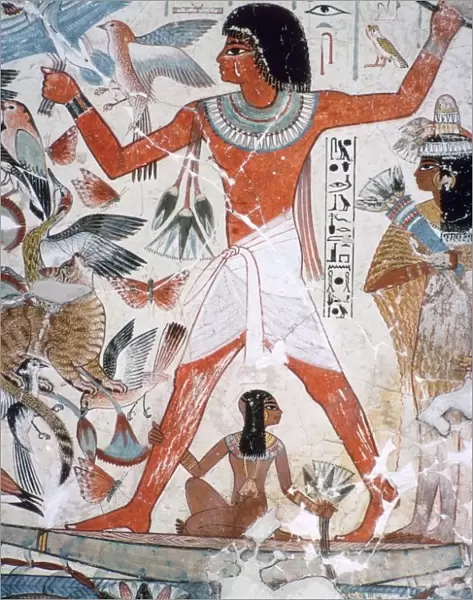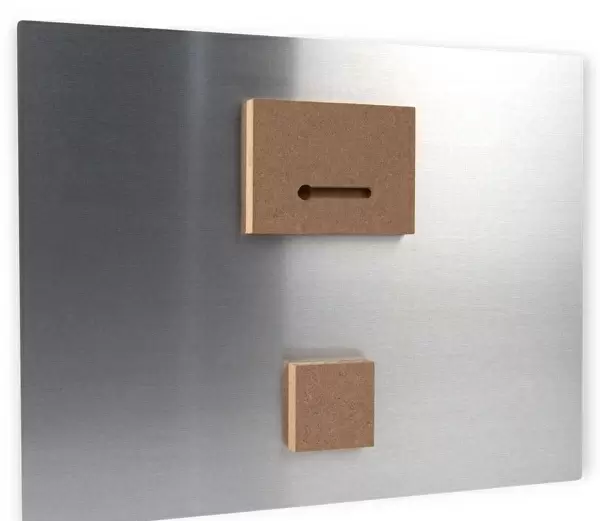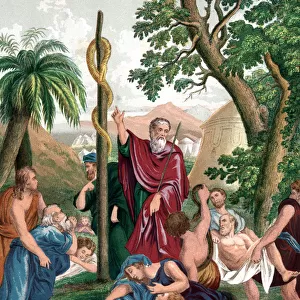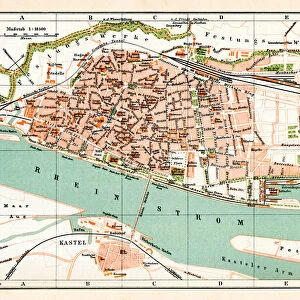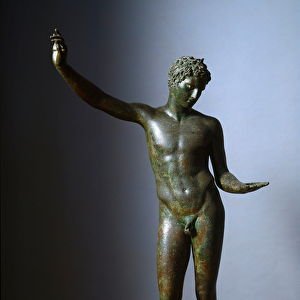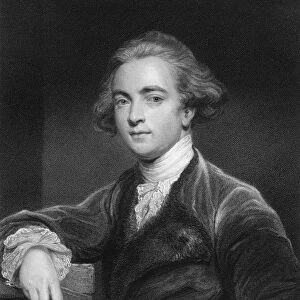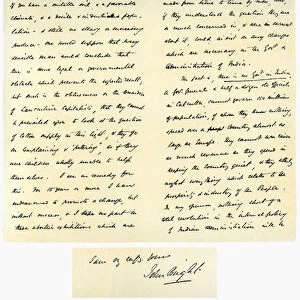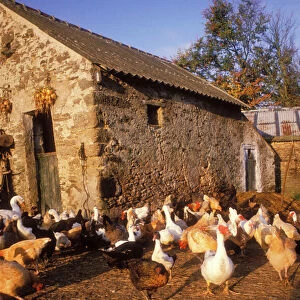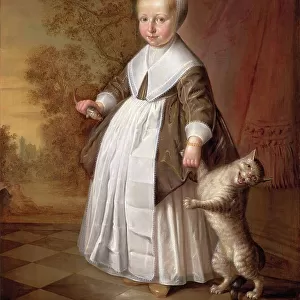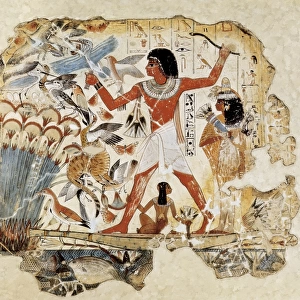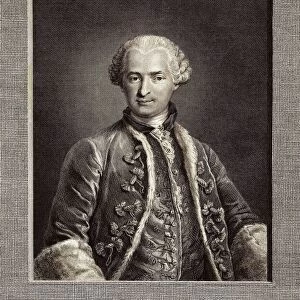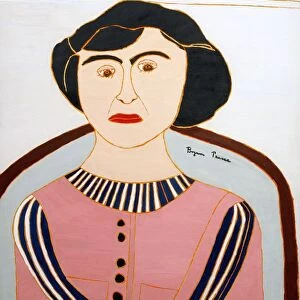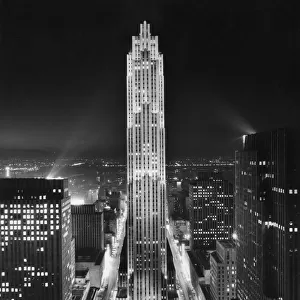Metal Print > Africa > Egypt > Luxor
Metal Print : Fowling in the marshes: wall painting from the tomb of Nebamun, Thebes, Egypt, c1350 BC
![]()

Metal Prints from Heritage Images
Fowling in the marshes: wall painting from the tomb of Nebamun, Thebes, Egypt, c1350 BC
Fowling in the marshes: fragment of wall painting from the tomb of Nebamun (no. 10), Thebes, Egypt, 18th Dynasty, c1350 BC. Nebamun stands on a small papyrus boat with his wife Hatshepset behind him and his son below. He is about to let fly a throwstick into a mass of birds above a papyrus thicket. The hieroglyphs below Nebamuns raised arm describe him as taking recreation and seeing what is good in the place of eternity, that is, in the Afterlife. There are at least two meanings to this scene. The spearing of the fish scene may allude to new life, as the tilapia fish is a symbol of rebirth. The other images may be subtly erotic, since the duck is known as an erotic symbol, and a woman dressed up, particularly with such a heavy wig, suggests some form of sexual association. From the British Museums Collection
Heritage Images features heritage image collections
Media ID 14852895
© CM Dixon / Heritage-Images
18th Dynasty Afterlife Aquatic Life As Said British Museum Duck Ducks Erotic Fish Fowling Hieroglyphic Hieroglyphics Karnak Luxor Marshes Marshland Mausoleum Papyrus Rebirth Scribe Thebes Wall Painting Ancient Egyptian Mike Dixon Tilapia
14"x11" (28x35cm) Metal Print
Bring the ancient wonders of Egypt into your modern home with our Media Storehouse Metal Prints. This captivating image, taken from the fragment of a wall painting discovered in the tomb of Nebamun in Thebes, dates back to around 1350 BC. Depicting the timeless scene of fowling in the marshes, this exquisite artwork showcases the intricate details and vibrant colors of the 18th Dynasty. Our high-quality metal prints are not only a stunning addition to any room, but they are also durable and long-lasting, ensuring that the beauty of this ancient masterpiece is preserved for generations to come.
Our Metal Prints feature rounded corners and rear fixings for easy wall mounting. Images are directly printed onto a lightweight, high quality 5mm thick, durable metallic surface for a vivid and vibrant finish. Available in 2 sizes, 28x35cm (14x11) and 50x40cm (20x16). The unique material is fade, moisture, chemical and scratch resistant to help ensure this art lasts a lifetime.
Made with durable metal and luxurious printing techniques, metal prints bring images to life and add a modern touch to any space
Estimated Product Size is 27.9cm x 35.5cm (11" x 14")
These are individually made so all sizes are approximate
Artwork printed orientated as per the preview above, with landscape (horizontal) or portrait (vertical) orientation to match the source image.
FEATURES IN THESE COLLECTIONS
> Animals
> Birds
> Ducks
> Related Images
> Animals
> Birds
> Waterfowl
> Ducks
> Maned Duck
> Animals
> Fishes
> Related Images
> Animals
> Fishes
> T
> Tilapia
> Arts
> Still life artwork
> Still life art
> Portrait painting
> Arts
> Still life artwork
> Portrait painting
> Arts
> Realistic drawings
> Still life artwork
> Portrait artwork
> Arts
> Street art graffiti
> Still life paintings
> Portraits
> Arts
> Street art graffiti
> Still life
> Portrait paintings
EDITORS COMMENTS
This print showcases a fragment of a wall painting from the tomb of Nebamun, an ancient Egyptian nobleman, in Thebes. Dating back to around 1350 BC during the 18th Dynasty, this artwork depicts Nebamun engaging in fowling in the marshes. Standing on a small papyrus boat with his wife Hatshepset and son by his side, Nebamun prepares to throw his spear-like tool at a mass of birds above a dense thicket of papyrus. The hieroglyphs beneath Nebamun's raised arm reveal that he is indulging in recreation and enjoying the pleasures of eternity – referring to the Afterlife. This scene holds multiple meanings: while spearing fish symbolizes rebirth, other elements subtly hint at eroticism. The duck depicted here has long been associated with sensuality, and the presence of a woman dressed elaborately suggests some form of sexual association. Preserved within the British Museum's collection, this artifact not only offers insights into ancient Egyptian culture but also highlights their artistic prowess. With vibrant colors and intricate details adorning every inch, it transports viewers back to an era when hunting for sustenance was intertwined with symbolic significance. As we gaze upon this image today, we are reminded of Egypt's rich history and its fascination with life after death. It serves as a testament to human curiosity about existence beyond our mortal realm while showcasing the skillful craftsmanship that has allowed us to preserve these glimpses into our past for centuries to come.
MADE IN AUSTRALIA
Safe Shipping with 30 Day Money Back Guarantee
FREE PERSONALISATION*
We are proud to offer a range of customisation features including Personalised Captions, Color Filters and Picture Zoom Tools
SECURE PAYMENTS
We happily accept a wide range of payment options so you can pay for the things you need in the way that is most convenient for you
* Options may vary by product and licensing agreement. Zoomed Pictures can be adjusted in the Cart.


